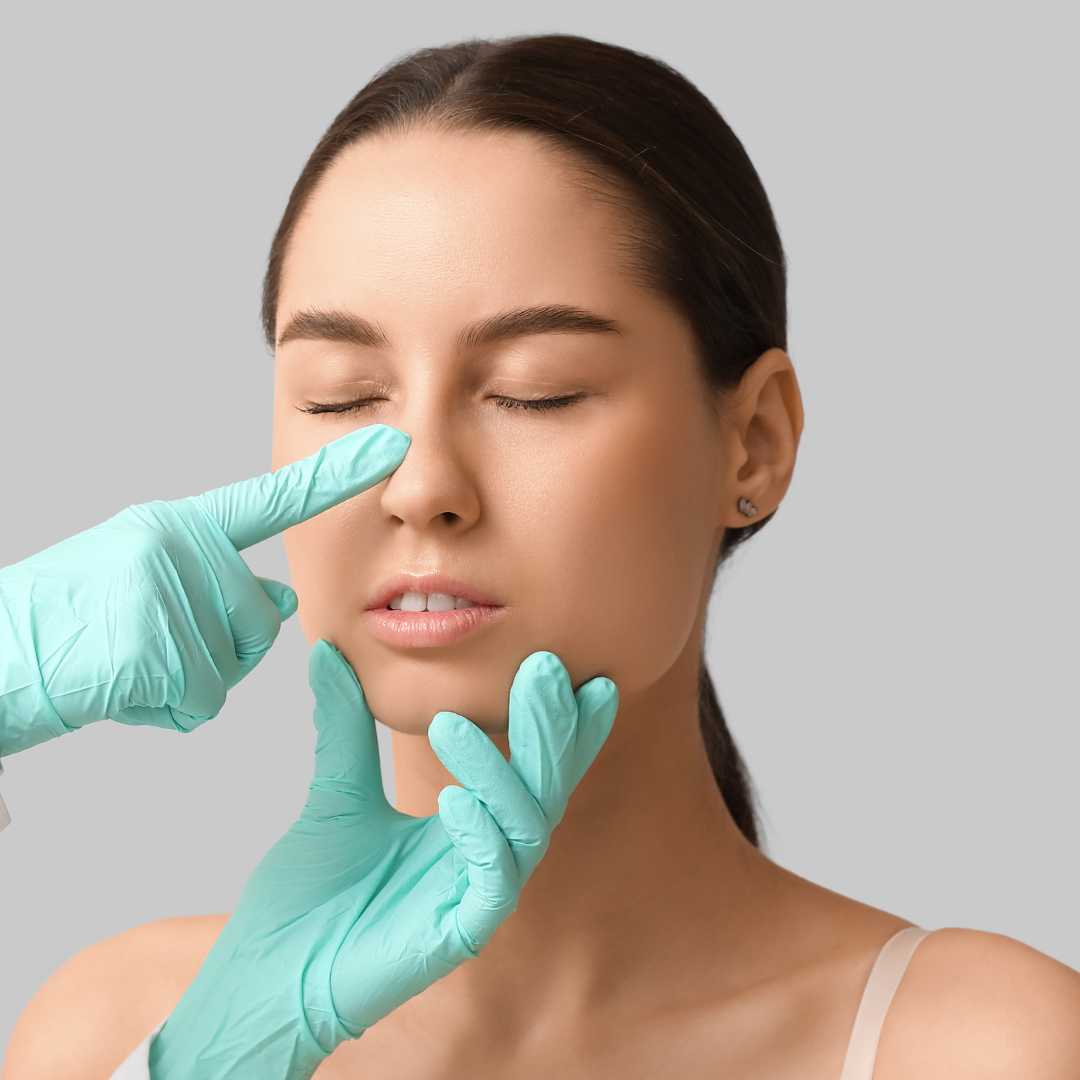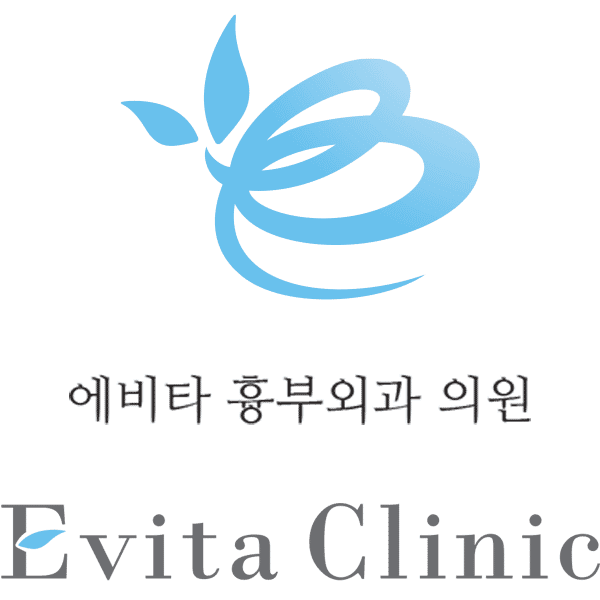Medical Tourism: How to Prepare for a Breast Lift in Gangnam
-in-Gangnam.png)
So, you're thinking about a breast lift. And not just any breast lift—you’re looking at Gangnam, pretty much the world's capital for plastic surgery! That's incredibly exciting. It’s a place known for some of the most skilled surgeons and, let's be honest, amazing results. But the real key to a smooth journey, a *successful* one, isn't just picking the flashiest clinic from a blog. It's the preparation.
Getting ready for a mastopexy in South Korea is a bigger deal than a local procedure. It’s about more than just booking a flight and packing a bag. It’s about your health, your safety, and making sure your recovery is as smooth as butter. So many people just focus on that "after" photo, but I'm telling you, the 'before' part—all this prep—is where your success story really begins. This guide is going to walk you through *everything* you need to know about how to prepare for a breast lift in Gangnam.
Your 10-Step Preparation Plan for a Gangnam Mastopexy
We're going to break this down into a timeline. Think of this as your ultimate checklist. Don't skip these steps. Really.
Step 1: The Deep-Dive Research (Starting 3-6 Months Out)
Okay, first thing's first. Gangnam has... a lot of clinics. I mean, *a lot*. It's overwhelming. You can't just Google "best breast lift surgeon Gangnam" and pick the first one.
You need to go deeper. Look for surgeons who are board-certified, specifically by a body like the Korean Society of Plastic and Reconstructive Surgeons (KSPRS). This is crucial. Then, you need to find surgeons who *specialize* in breast procedures, particularly mastopexy. A doctor who only does noses all day might not be the best fit, even if they're famous.
Hunt for real reviews on forums (like Reddit) or medical tourism sites, not just the glossy testimonials on the clinic's own page. Look at their before-and-after photos. Do they have lots of examples of bodies similar to yours? Do the results look natural? This is your body we're talking about, so be picky.
Step 2: The All-Important Virtual Consultation (2-4 Months Out)
This is your first real "date" with your potential surgeon and their team. Most top-tier Gangnam clinics are very, very good at this. You'll send detailed photos, and they'll schedule a video call.
Be prepared for this call. Don't just show up. Write down every single question you have. Seriously, no question is dumb. Ask things like:
This is also your chance to "vibe-check" the clinic. Is the coordinator helpful and fluent in English? Do they answer your questions patiently? Or do you feel rushed? Trust your gut. This team will be your lifeline in Korea.
- What breast lift technique do you recommend for me (e.g., anchor, lollipop, donut)?
- Where will the scars be, and how do you help minimize them?
- Will I be able to breastfeed after this? (This is a big one! The answer is often "maybe," as it can be compromised).
- What are the risks of this procedure *specifically*?
- Will you use drains?
- Who administers the anesthesia? Is it a board-certified anesthesiologist? (Make sure the answer is YES).
Step 3: Get Your Medical "Go-Ahead" at Home (1-2 Months Out)
This is a non-negotiable step for medical tourism. Your Gangnam surgeon is going to need medical clearance from your primary care physician (GP) back home. They need to know you are healthy enough for general anesthesia and a long-haul flight.
Your doctor will likely order:
You'll need to get a signed letter from your doctor stating you are "cleared for surgery." Get all these documents scanned and sent to your Korean clinic coordinator well in advance.
Blood Tests: A complete blood count (CBC), coagulation (clotting) tests, and metabolic panels.
EKG (Electrocardiogram): To make sure your heart is healthy.
A Baseline Mammogram: This is SO important. They need to have a clear picture of your breast tissue *before* any surgical changes are made.
Step 4: The 6-Week Countdown: Big Lifestyle Changes
Okay, this is the tough love part. And it's the most important part for your safety and results. You *must* stop smoking. I mean all of it—cigarettes, vapes, nicotine gum, all of it.
Nicotine is a total disaster for healing. It's a vasoconstrictor, meaning it strangles your tiny blood vessels, cutting off oxygen and blood supply to your healing skin. This can lead to infection, delayed healing, much worse scarring, and even tissue death (necrosis). It's terrifying. Most surgeons will test you for nicotine, and if you test positive, they will cancel your surgery on the spot. It's not worth it. Stop at least 4-6 weeks before.
This is also the time to stop drinking alcohol. Alcohol thins your blood (which is bad for surgery) and causes inflammation and swelling. Stop completely for at least two weeks before, and ideally longer.
Step 5: The 2-Week Countdown: The Medication & Supplement Purge
Now it's time to clean out your medicine cabinet. Your clinic will give you a list of everything to stop, and you need to follow it to the letter. Why? Because dozens of common, over-the-counter things are blood thinners, which can lead to dangerous bleeding during and after surgery.
The main culprits to stop are:
Basically, if it's not a prescription medication you *must* take (which you've already cleared with your surgeon), stop it. If you get a headache, Tylenol (Acetaminophen) is *usually* okay, but ask your coordinator first to be 100% sure. This is part of the mastopexy preparation that you just can't ignore.
Aspirin
Ibuprofen (Advil, Motrin)
Naproxen (Aleve)
Herbal supplements like Vitamin E, Fish Oil, Omega-3, Ginkgo Biloba, Ginseng, Garlic supplements, and St. John's Wort.
Step 6: Booking Your Travel & Recovery Nest (1 Month Out)
Now for the logistics. Book your flight into Incheon (ICN). Here's the key: you must plan to arrive in Seoul *at least* 2 or 3 business days *before* your surgery date. You can't just land and go to the OR the next day.
You'll need that time for your official in-person consultation, for the surgeon to do final measurements and markings, and for the clinic to run its own set of pre-operative tests (blood, EKG, etc.).
For accommodation, *do not* book a trendy Airbnb with five flights of stairs. I promise you, you will regret it. Look for "recovery-friendly" hotels, residences, or guesthouses right in Gangnam. You want to be close to your clinic for follow-up appointments. You need an elevator, a comfortable bed, and maybe room service or at least easy access to food delivery (the Yogiyo and Baemin apps will be your best friends).
Step 7: Arrange Your "Recovery Buddy" (1 Month Out)
This is so, so important. The clinic will *not* discharge you after general anesthesia if you are alone. You *must* have a responsible adult to pick you up, listen to the post-op instructions (because you'll be too out of it), get you settled, and stay with you for *at least* the first 24 to 48 hours.
This can be a friend or family member who travels with you. If you're traveling alone, you *must* hire a caregiver or a medical tourism concierge service. PlacidWay can often help with this. This person is your lifeline. They'll manage your pain meds, help you with food and water, and help you get to the bathroom. Don't try to be a hero and do this solo. It's not safe.
Step 8: Packing Your "Go Bag" (1 Week Out)
What you pack for your plastic surgery prep in Korea is all about comfort. You will have "T-Rex arms"—you won't be able to lift your arms over your head for a while. So, your packing list should be all about easy-on, easy-off.
Zip-up hoodies or cardigans. Your new uniform.
Button-down pajamas or shirts.
Loose-fitting sweatpants or joggers.
Slip-on shoes. Like slippers, slides, or Crocs. You will not be able to bend over to tie laces.
A V-shaped pillow or travel neck pillow. You'll have to sleep on your back, propped up, to control swelling. This is a lifesaver.
Extra-long phone charger cable. So it can reach your bed.
Dry shampoo. You won't be able to shower properly for a few days.
Lip balm. Anesthesia and pain meds will make your lips incredibly dry.
Entertainment! Download all the Netflix shows, podcasts, and e-books you can.
All your documents: Passport, clinic communication, medical records, etc.
Step 9: The Day Before Surgery (T-Minus 24 Hours)
This is it! The clinic will give you a very strict fasting instruction. It's usually *nothing* to eat or drink, not even water or gum, for at least 8 hours before your surgery time. This is for your safety during anesthesia to prevent aspiration. Follow this. They will cancel your surgery if you don't.
Take a good shower the night before or morning of. Wash your hair. Use an antibacterial soap if they provided one. Do not apply *any* products afterward. No lotion, no deodorant, no makeup, no face creams.
You also need to remove *everything*. Take off all nail polish (gel and regular) from your fingers and toes. The doctors need to see your natural nail beds to monitor your oxygen levels. Take out all jewelry, including all piercings (even ones you think don't matter), and remove your contact lenses (wear your glasses).
Try to get some sleep. I know it's hard with the nerves and excitement, but rest is so important.
Step 10: Surgery Day!
The big day. Wear your comfiest, loosest, zip-up outfit to the clinic. You'll check in, do your final paperwork, and change into a gown. You'll meet with your surgeon one last time for them to draw all the surgical markings on your chest with a pen. It'll look like a work of art.
Then, you'll meet your anesthesiologist, who will talk you through the process. They'll take you to the operating room, get you comfortable, and start the IV. You'll feel a little cool, and then... you'll be waking up in the recovery room.
You'll feel groggy, thirsty, and your chest will feel very tight and sore (but usually not sharp pain). You'll be wrapped in a surgical bra, and you might have little drainage tubes coming from the incisions. This is all 100% normal. Your nurse and caregiver will take it from there. Your only job now is to rest, heal, and follow all those post-op instructions. You did it!
Frequently Asked Questions (FAQs) About Breast Lift Prep
How long do I really need to stay in Gangnam after my breast lift?
Don't try to rush this. For a breast lift, you'll need to stay for at least 10 to 14 days. You'll have your major follow-up appointment, and get your stitches or sutures removed, around day 7 to 10. You need to be cleared by your surgeon *before* you get on a long-haul flight to reduce the risk of blood clots (DVT).
Is it really okay to travel alone to Korea for surgery?
You can travel to Korea alone, but you *cannot* be alone for the first 24-48 hours after surgery. As mentioned in Step 7, you must have a pre-arranged caregiver, friend, or family member. After the first 2-3 days, many people are okay on their own, but having that support is critical at the start.
What kind of bra do I need to buy before I go?
You don't need to buy your primary surgical bra. The clinic will provide you with the first one, which you'll wear 24/7. For packing, just bring a couple of comfortable, soft, front-closure sports bras (with NO underwire) to wear *after* your surgeon gives you the okay to switch, which might be a week or two into recovery.
When will I see the "final results" of my breast lift?
Patience! What you see in the first week is *not* the final result. You will be swollen and bruised. Your breasts might look high, boxy, or "frankenboob-ish." This is normal. It takes weeks for the initial swelling to go down, and months (like 6-12 months) for your breasts to fully "drop and fluff" (settle) into their final, natural-looking shape.
How much does a breast lift in Gangnam actually cost?
This varies wildly. The cost depends on the surgeon's experience, the clinic's reputation, and the complexity of your specific case. Generally, you can expect a mastopexy in Gangnam to range from $4,500 to $9,000+ USD. This quote should include the surgeon's fee, anesthesia, facility fees, and post-op check-ups. Make sure you get a detailed quote that lists *everything* included.
What if I'm getting a breast lift *and* implants (an augmentation-mastopexy)?
The preparation is exactly the same! The lifestyle changes (smoking, meds) and logistics are all identical. Your recovery might be slightly more intense, and you'll have more specific instructions about not lifting your arms, but the prep work you do beforehand is the key to success for both procedures.
Ready to Take the Next Step?
Feeling overwhelmed? That's a totally normal feeling. This is a *lot* to manage, especially when you're planning it from halfway across the world. But you absolutely don't have to figure all of this out by yourself.
Let PlacidWay be your partner and your guide. We specialize in connecting patients just like you with pre-vetted, world-class, and safe clinics in Gangnam. We can help you get and compare consultations, understand your cost-quotes, and take all the stress and guesswork out of the planning. Stop worrying about the logistics and start getting excited about your transformation.
Contact PlacidWay Medical Tourism today for a free, no-obligation consultation and let's start planning your journey together.


.png)
.png)






.png)


.png)


Share this listing